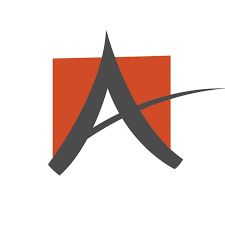3,068 reads
Future of Work: The Top Five Emerging Trends
by
May 8th, 2022
Audio Presented by

Ace Cloud Hosting is a Citrix Strategic Partner delivering world-class virtual desktop solutions globally.
About Author
Ace Cloud Hosting is a Citrix Strategic Partner delivering world-class virtual desktop solutions globally.